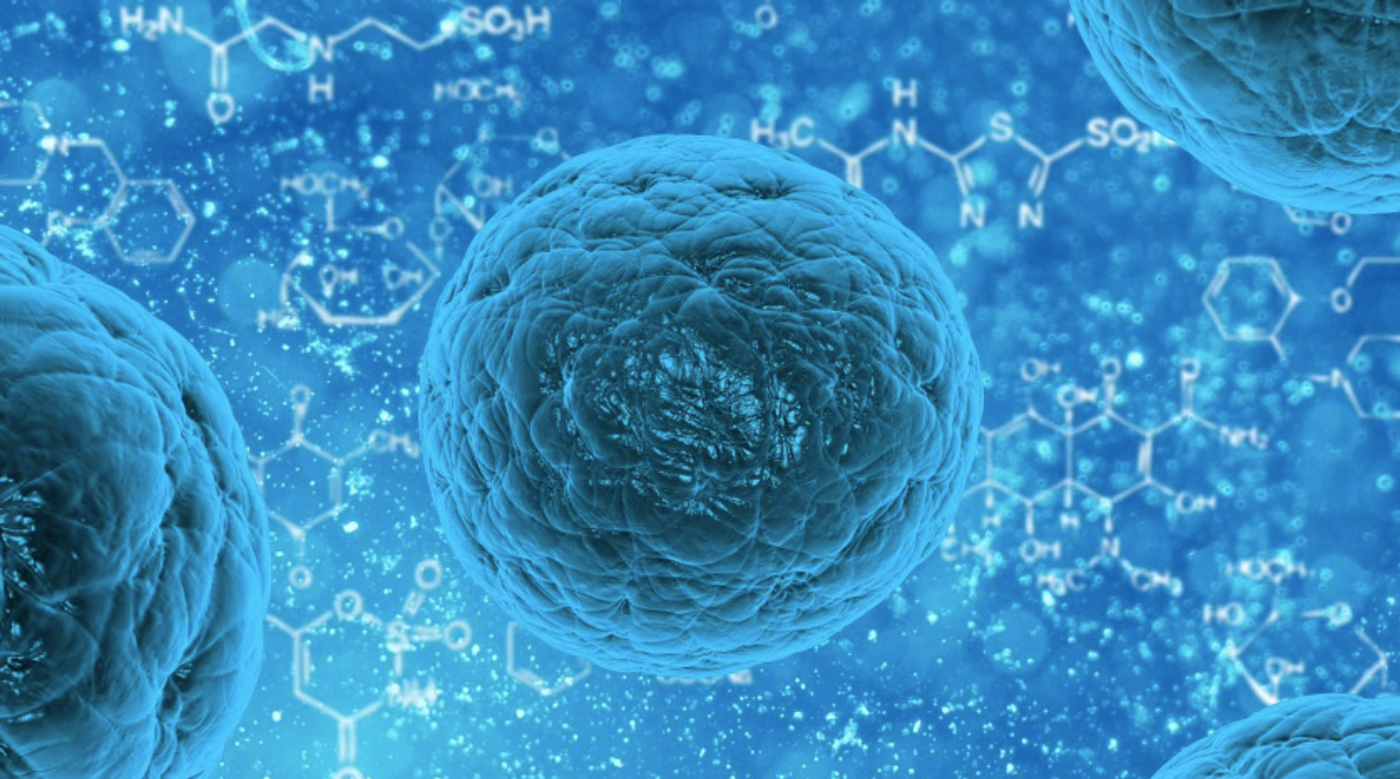How a Bacterial Pathogen Takes Over Host Cell Machinery
New research has provided fresh insights into how a dangerous bacterium called Legionella pneumophila can interfere with the normal functions of the cells it infects. The findings have been reported in Nature Cell Biology.
Proteins, which are made from amino acids, carry out many of the functions of life in organisms. In cells, active genes get transcribed from DNA into mRNA molecules. Those mRNA molecules are then translated into proteins by an organelle called the ribosome, which reads the sequences of RNA, and moves the corresponding amino acids into place. This is done with transfer RNA (tRNA), which match amino acids to three-base-pair sequences of mRNA known as codons. The ribosome moves along mRNA molecules, bringing the amino acids from tRNAs together to make a protein.
Microbial pathogens are able to take advantage of many important cellular processes; pathogens can use host cells to replicate and disperse to infect more cells. They also often have ways of evading the immune system, and can be resistant to the effects of antimicrobial drugs.
In cells that are infected with a pathogen, protein synthesis is often disrupted, and stops chugging along at a regular rate. Thus, traffic jams start to arise at ribosomes, and the protein-making process slows down.
Previous research has shown that Legionella pneumophila is able to disrupt protein synthesis in the cells it infects. This microbe releases toxins into infected cells and can cause severe pneumonia.
In this study, the researchers wanted to know if Legionella toxins were inhibiting protein synthesis. After testing six of the toxins, one known as SidI was notable for its effects. It was a potent disruptor of protein synthesis, and was comparable to a very dangerous poison called ricin.
The investigators also revealed the structure of SidI, and found that it bears a strong resemblance to tRNA. So it seems that SidI is able to mimic tRNA, and can fool a ribosome into accepting it into the string of amino acids that are used to make protein. Once accepted, SidI halts translation. Additional work confirmed that SidI targets the ribosomes in host cells and alters them, slowing down the protein synthesis process dramatically.
The researchers noted that this is a unique mechanism they have not previously observed in nature.
As these aberrant ribosomes build up in cells, a process called the ribotoxic stress response pathway is activated, and a gene regulator called activating transcription factor 3 (ATF3) also beings to build up. Somehow, it escapes the block on translation and moves into the nucleus of cells, where a cell lysis program is triggered. The researchers suspect that this is a way to move replicated bacteria out of cells so they can infect other cells.
Sources: Phys.org, Nature Cell Biology









